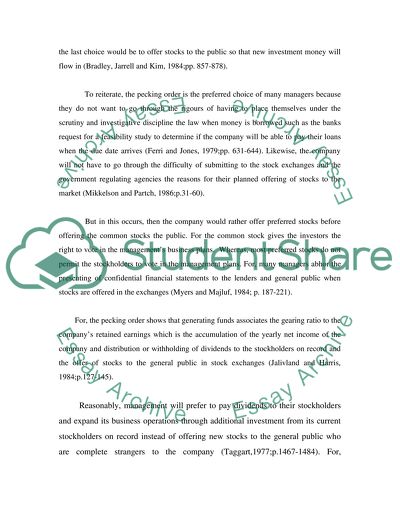Cite this document
(“Discuss the factors influencing the entrepreneurs demand for a Essay”, n.d.)
Retrieved from https://studentshare.org/miscellaneous/1523533-discuss-the-factors-influencing-the-entrepreneurs-demand-for-a-specific-source-of-finance-at-the-startup-stage-with-respect-to-meyers-pecking-order-hypothesi
Retrieved from https://studentshare.org/miscellaneous/1523533-discuss-the-factors-influencing-the-entrepreneurs-demand-for-a-specific-source-of-finance-at-the-startup-stage-with-respect-to-meyers-pecking-order-hypothesi
(Discuss the Factors Influencing the Entrepreneurs Demand for a Essay)
https://studentshare.org/miscellaneous/1523533-discuss-the-factors-influencing-the-entrepreneurs-demand-for-a-specific-source-of-finance-at-the-startup-stage-with-respect-to-meyers-pecking-order-hypothesi.
https://studentshare.org/miscellaneous/1523533-discuss-the-factors-influencing-the-entrepreneurs-demand-for-a-specific-source-of-finance-at-the-startup-stage-with-respect-to-meyers-pecking-order-hypothesi.
“Discuss the Factors Influencing the Entrepreneurs Demand for a Essay”, n.d. https://studentshare.org/miscellaneous/1523533-discuss-the-factors-influencing-the-entrepreneurs-demand-for-a-specific-source-of-finance-at-the-startup-stage-with-respect-to-meyers-pecking-order-hypothesi.


